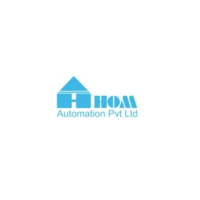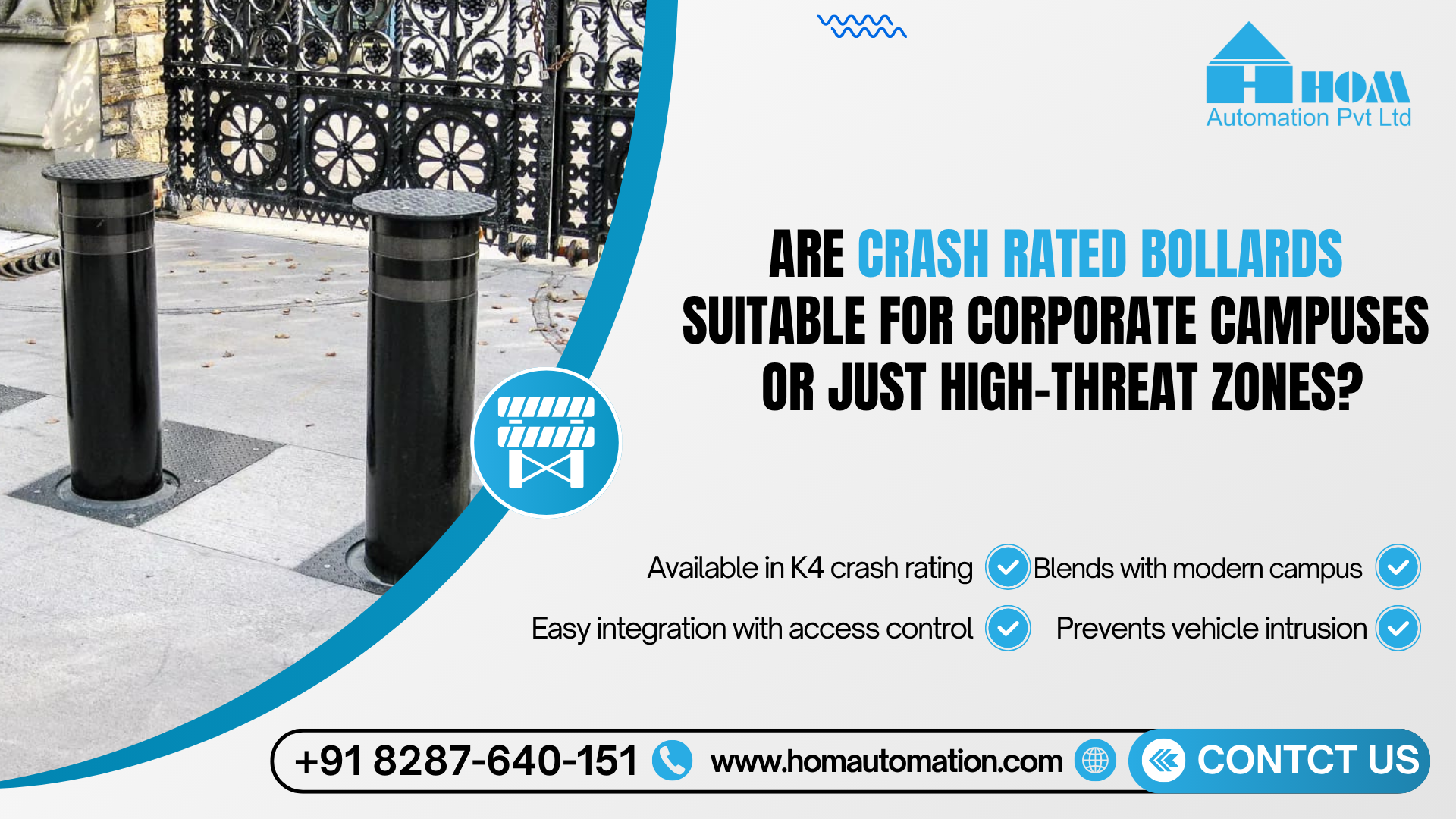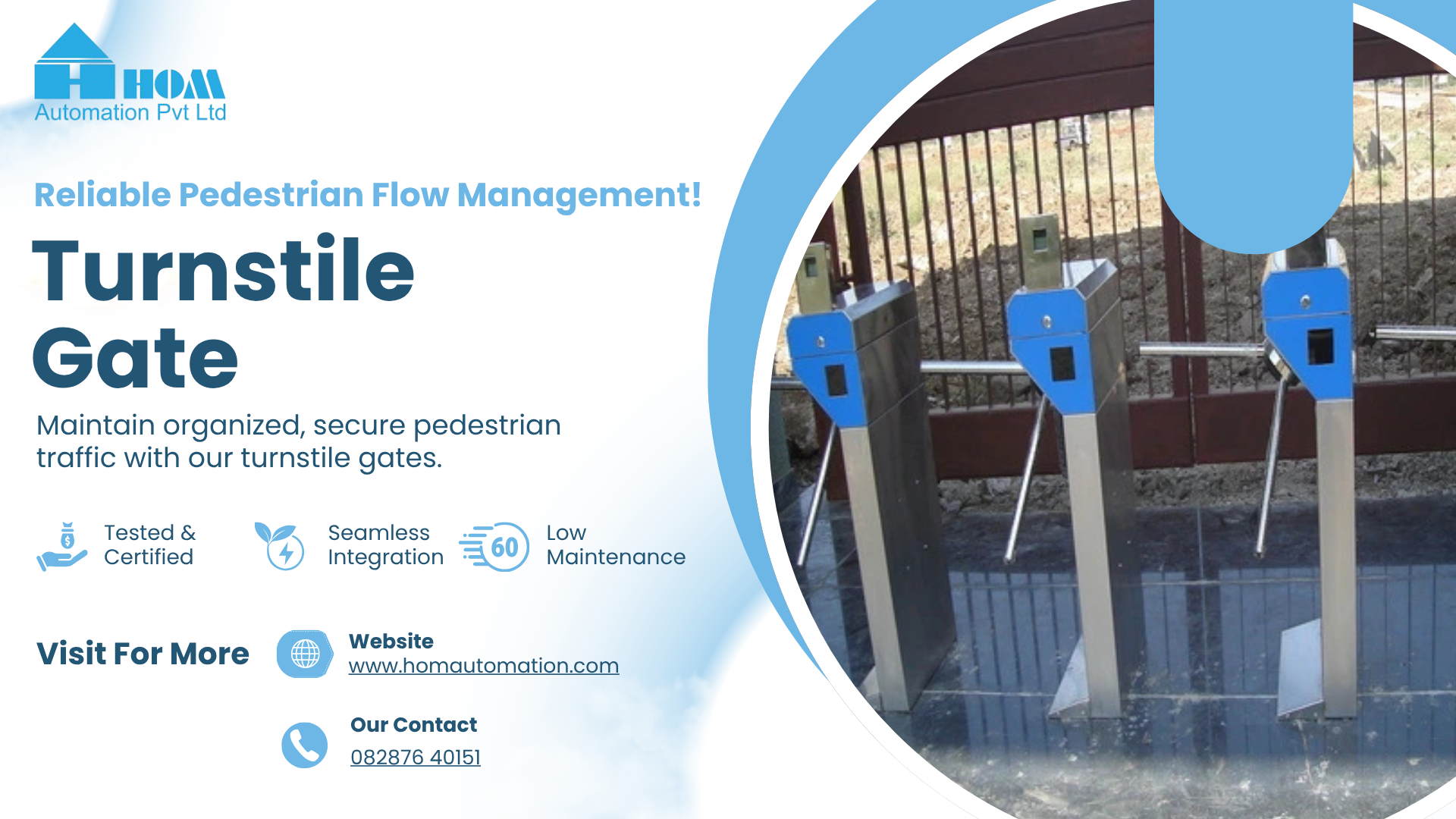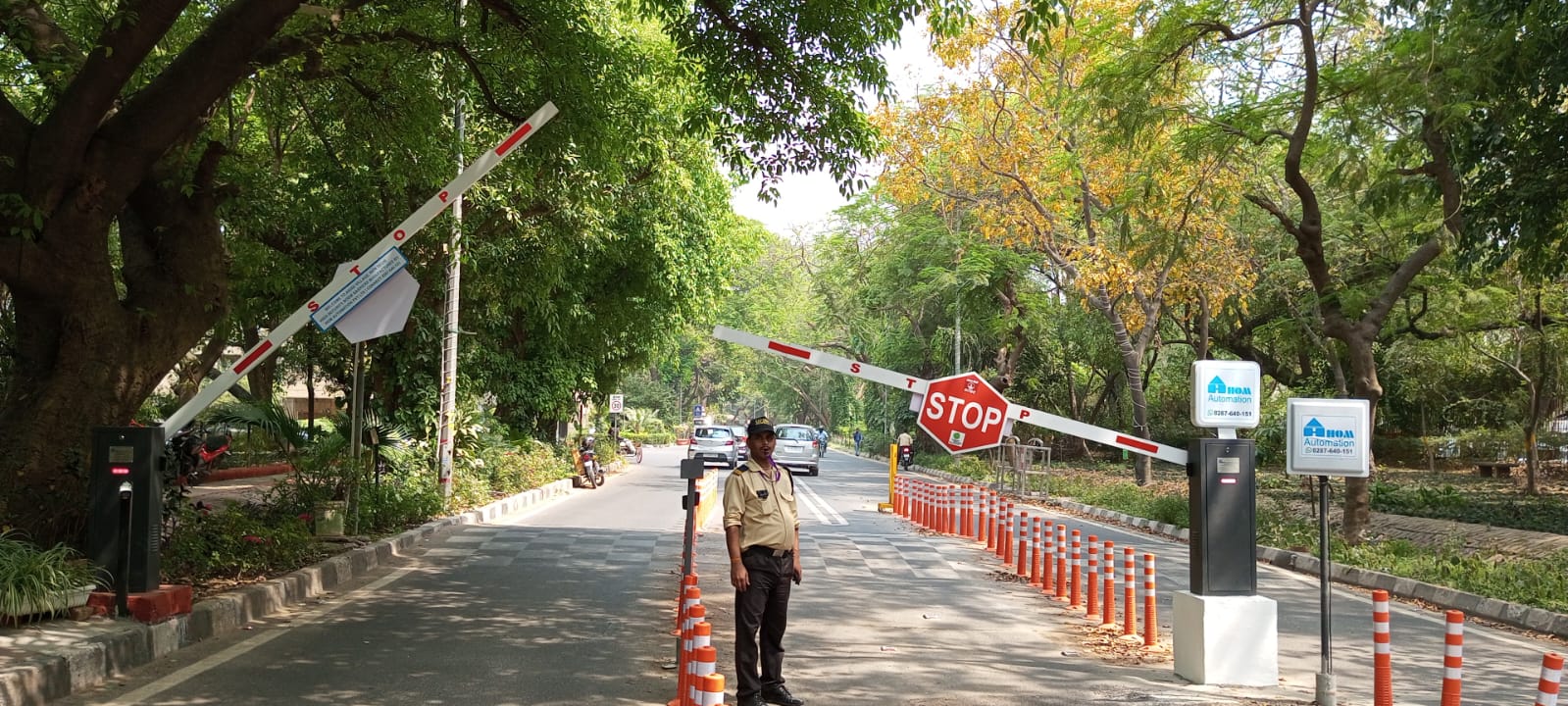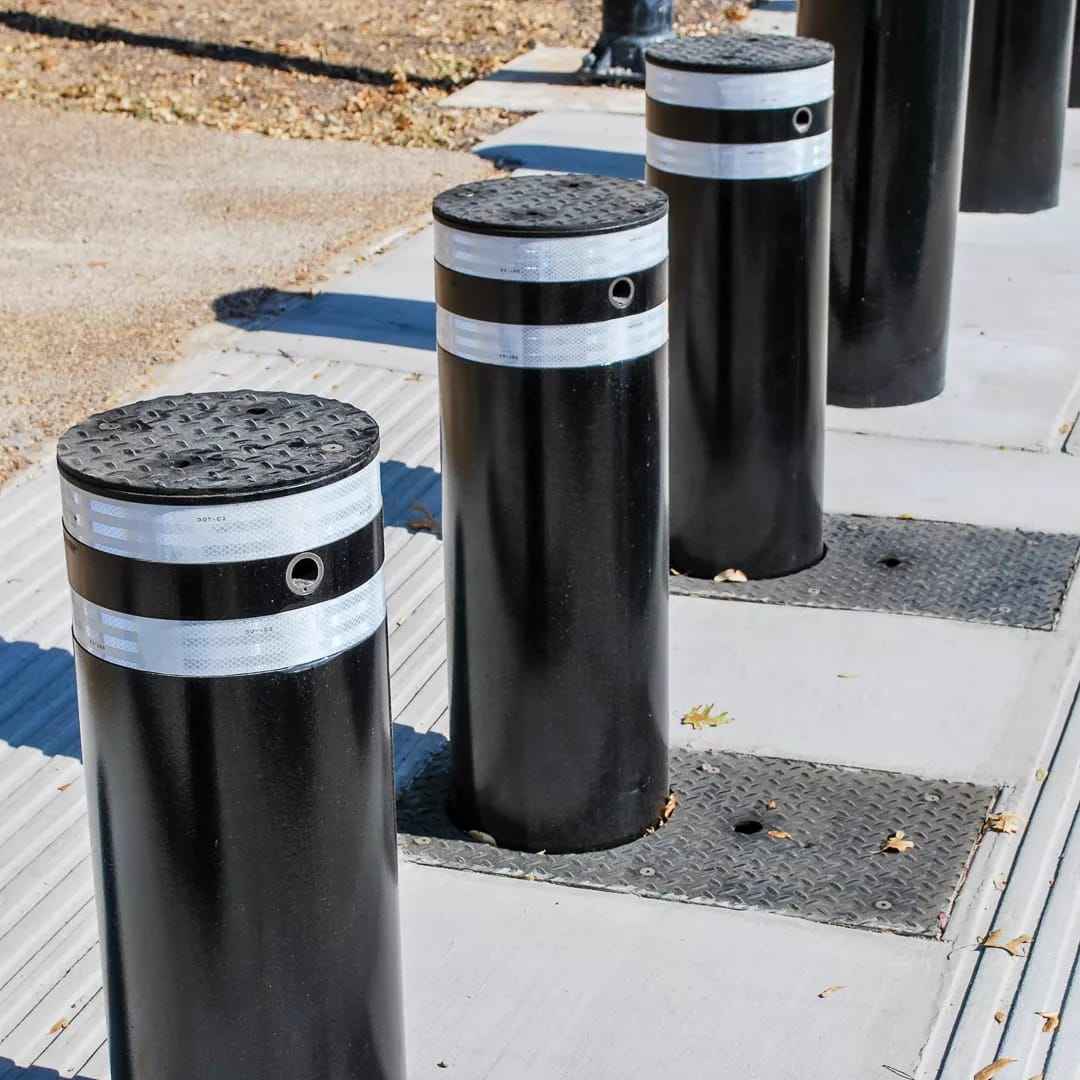Crash barriers are an essential component of security infrastructure in high-risk areas, ensuring that unauthorized vehicles cannot penetrate secure premises. These barriers are specially engineered to withstand vehicular impact, making them critical for protecting sensitive locations like government buildings, military installations, airports, and commercial properties. There are various types of crash barriers, each designed for specific security needs. In this blog, we will explore the different types of crash barriers, including the K4 crash-rated boom barrier, and how each can be used to provide enhanced security for your premises.
1. K4 Crash Rated Boom Barrier: A Comprehensive Security Solution
The K4 crash-rated boom barriers one of the most reliable and efficient security solutions for controlling vehicular access to restricted areas. This barrier is specifically designed to withstand vehicle impacts at a speed of up to 40 miles per hour (64 km/h), making it an ideal choice for high-security zones that require maximum protection. K4-rated barriers are typically tested and certified to stop vehicles up to 1,500 kg (3,300 lbs) in weight, ensuring that even powerful vehicles cannot breach the security perimeter.
The K4 crash-rated boom barrier works by using hydraulic or electric systems to raise and lower a boom arm, blocking access to restricted areas. The boom arm can be easily raised or lowered for authorized vehicles, while its robust design and crash rating provide a secure and impenetrable defense against unauthorized attempts to breach the area. This type of barrier is often used in places such as government buildings, embassies, military installations, and critical infrastructure sites.
2. K8 Crash Rated Barriers for High-Level Security Protection
While the K4 crash-rated boom barrier provides substantial protection, in some cases, higher levels of security are required. K8-rated crash barriers are designed for extreme security requirements and are built to withstand even more powerful impacts. K8 barriers are tested to stop vehicles traveling at up to 50 miles per hour (80 km/h) and can withstand the impact of a 5,000 kg (11,000 lbs) vehicle. These barriers offer superior protection and are often deployed in high-risk areas such as military bases, airports, and embassies where high-level threats are anticipated.
The K8 barriers use advanced materials and hydraulic technology to ensure that they remain operational after an impact. Due to their robust construction, these barriers provide an added layer of security and are designed to remain functional even after withstanding substantial force.
3. Traffic-Controlled Crash Barriers for Controlled Access
Traffic-controlled crash barriers are designed to manage vehicle access while simultaneously providing crash protection. These barriers are equipped with advanced access control mechanisms, such as RFID readers, license plate recognition systems, and biometric scanning technologies. These barriers can be automated to allow authorized vehicles to pass while preventing unauthorized entry.
The combination of security and traffic management makes these crash barriers ideal for commercial properties, parking lots, toll booths, and private access roads. They are a practical solution for high-traffic areas that need to maintain strict control over vehicle access while ensuring the safety and security of the premises.
4. Hydraulic Blockers for High-Impact Security Zones
Hydraulic blockers are another type of crash barrier designed for environments that require the highest level of protection. These barriers are similar to the K4 crash-rated boom barrier, but with added functionality and impact resistance. Hydraulic blockers are typically deployed in places where there is a need to stop larger vehicles, such as trucks or delivery vehicles, at high speeds.
These systems use hydraulic mechanisms to raise and lower large barriers that block vehicles from entering restricted zones. The hydraulic operation provides fast and efficient barrier deployment, and the design ensures that the barrier can withstand high-impact forces. Hydraulic blockers are commonly used in places with critical infrastructure, such as airports, data centers, and military bases.
5. Manual and Automatic Retractable Barriers for General Use
Manual and automatic retractable barriers offer a simpler yet effective solution for controlling access to restricted areas. These barriers are commonly used in places that do not require the high-level impact protection of K4 or K8-rated barriers but still need to manage vehicle access.
Manual retractable barriers are operated by a person and can be moved up or down depending on access requirements. Automatic retractable barriers, on the other hand, can be controlled remotely and provide a quick and efficient solution for regulating traffic flow. While these barriers do not have the same crash protection ratings as K4 or K8 barriers, they are still effective for controlling general access and securing low-risk areas.
Benefits of Crash Barriers in Enhancing Security
Prevention of Unauthorized Access
Crash barriers are an effective way to prevent unauthorized vehicles from entering restricted areas. By providing physical barriers that can withstand high-impact forces, these systems reduce the risk of security breaches and help keep sensitive sites secure.
Protection Against Terrorist Attacks
In high-risk areas, crash barriers play a critical role in protecting against potential terrorist attacks involving vehicles. With the ability to stop large vehicles at high speeds, crash barriers provide a vital line of defense against vehicle-based threats.
Traffic Flow Management
In addition to security, crash barriers are also instrumental in managing traffic flow. By controlling the entry of vehicles into a secure zone, barriers help reduce congestion and ensure that only authorized vehicles are allowed to pass, contributing to overall traffic management efficiency.
Low Maintenance and Long-Term Durability
Modern crash barriers, such as the K4 crash-rated boom barrier, are designed for long-term durability and low maintenance. The robust materials and hydraulic technology used in these systems ensure that they remain operational with minimal upkeep, making them a cost-effective solution for high-security environments.
Frequently Asked Questions (FAQs) About Crash Barriers
What is the difference between K4 and K8-rated crash barriers?
K4-rated crash barriers are designed to withstand impacts from vehicles traveling at speeds of up to 40 mph (64 km/h), while K8-rated barriers are capable of stopping vehicles moving at speeds of up to 50 mph (80 km/h). K8 barriers also withstand greater vehicle impact forces, making them suitable for high-risk environments that require enhanced security.
Are K4 crash-rated boom barriers suitable for residential areas?
K4 crash-rated boom barriers are typically used in high-security commercial and industrial zones. For residential areas with lower security needs, other types of barriers may be more appropriate. However, in gated communities or other areas where security is a priority, a K4-rated barrier can be a good option.
How do crash barriers contribute to overall traffic management?
Crash barriers not only provide security but also help in managing the flow of traffic by allowing only authorized vehicles to pass. By controlling access to secure areas, they prevent unauthorized entry and reduce congestion, ensuring smoother traffic flow in busy areas.
How are hydraulic blockers different from traditional crash barriers?
Hydraulic blockers are a more advanced form of crash barrier, designed for larger vehicles and high-impact resistance. They use hydraulic systems to raise and lower large barriers, providing an additional layer of security for high-risk zones. Traditional crash barriers may not have the same impact resistance and are typically used in areas with lower security requirements.
Can crash barriers be integrated with other security systems?
Yes, crash barriers can be integrated with other security systems such as access control systems, surveillance cameras, and alarm systems. This integration helps create a comprehensive security solution that can monitor and manage access effectively while ensuring maximum protection.
Conclusion:
The Importance of Choosing the Right Crash Barrier for Your Security Needs
Crash barriers are essential for maintaining the safety and security of high-risk areas, and choosing the right type of barrier can make all the difference. Whether it’s the robust K4 crash-rated boom barrier, the more powerful K8 barrier, or other hydraulic and retractable options, selecting the right crash barrier ensures that your premises remain secure while managing traffic efficiently. Understanding the specific security needs of your environment is key to selecting the most appropriate barrier, ensuring that you have a reliable solution in place for years to come.


